|
March 31st, 2017, I remember the day quite well. It was a Friday afternoon and I was busily working on an article entitled Frederick’s Caller of “Balls and Strikes” about Richard “Dick” Nallin, one of the American League’s earliest umpires, and namesake of Fort Detrick’s entrance off Opposumtown Pike. I decided to write this particular story at that time because we were on the verge of baseball season beginning at all levels, but closest to home, right next door to the cemetery, we have Nymeo Park at Harry Grove Stadium—home of the Frederick Keys. Of course this team is so named for who else but Francis Scott Key, the most recognized name in our cemetery. Speaking of which, our former intern from Hood College, Katelyn Klukosky, alerted me to a recent post on the Instagram site entitled Frederick County Affirmations (@fredco_affirmations). On January 8th, this dandy can be found. You gotta love it! However, having worked for the Frederick Tourism Council for nearly a decade, I can definitely second this affirmation, but can also say with confidence that those “bones” have been a huge tourist draw since 1898. One “star-spangled” case in point occurred on the afternoon of the fore-mentioned March 31st, 2017. A visiting family arrived at our Mount Olivet administration office back in the mausoleum complex to the rear of the cemetery. These folks were solely here for tourism and genealogy purposes and not to make burial plans. They were promptly directed my way by our office manager. I would meet Francis and Susan Ellert of Culver, Indiana, and their four teenage children. Soon I would be told that Francis had received his name thanks in-part to our front gate greeter and author of our national anthem. He said he was so-named by his parents because he apparently was a descendant of Francis Scott Key, but was not sure of the exact genealogy. I immediately took it upon myself to intervene after giving a history lesson of how FSK (Francis Scott Key) came to be “reburied” here in Mount Olivet from Baltimore, and the drive to create a fitting monument which took over three decades and money from people all over the country. Mr. Ellert shared that he hadn’t stepped foot on our premises since 1986, the time of his paternal grandmother’s funeral. He was only a kid back then and had come all the way from the Cleveland, Ohio area and didn’t remember much from the experience outside of the graveside service and being shown his namesake’s monument and final resting place. Now, 31 years later, the Ellerts decided to make a brief stop in Frederick on the way back home after enjoying a family “spring break” trip to Washington, DC. Their goal was two-fold: to find his grandmother’s grave, and then show his wife and children the gravesite of his famous namesake. I jumped into action and pulled up our burial database searching for a Louise Ellert (1884-1986). I found that “Louie,” as she was affectionately known, is buried in Area BB/Lot 35 along with husband Laurence B. Ellert (1878-1940). A daughter of the couple, Jeanne Ellert Blunda (1908-1968), is also here. Louise Ellert was living in Cleland Heights, Ohio at the time of her death. She was brought here to Frederick’s Mount Olivet to be buried next to her husband who had died 28 years earlier. At that time, the Ellerts were living in New York City, where Laurence was enjoying an interesting career as a music magazine publisher. He served as production manager and vice president of the Boston Music Company and the Willis Music Company of Cincinnati, Ohio. As for “Louie,” she lived a good, long life and was our connection, or dare I say “key,” to the supposed Maryland history connection at hand for grandson Francis Ellert. In researching for this particular story nearly four years later, I found this small blurb in the Frederick paper from September, 1984. In our cemetery files, I found Louie Ellert was the former Louise Key, daughter of William Thompson Key and Josephine Louise Baltzell. I now had two interesting, former Frederick families to draw from in the form of the Keys and Baltzells. However, I would find that Louie’s father (Mr. Key) had not only old Maryland roots, but was a native of the deep south and the state of Louisiana. Before I attempted to sort out the Key connection back to Francis Scott Key, I explained to the Ellert family the importance locally of the Baltzell family as this was the first time they had heard the name. Not only was this the reason for burial here in Mount Olivet, but we also possess a tangible connection to the Baltzells specifically designed for Frederick visitors. The Baltzells You may ask, “Who were the Baltzells?” Well, to answer this question, you only have to go as far as Heritage Frederick, formerly known as the Historical Society of Frederick County. I mean this both literally and figuratively. At this historic archival repository, one will learn that John Baltzell, grandfather of Josephine Louise (Baltzell) Key, was born February 11th, 1775 here in Frederick. John was the son of Dr. John Jacob (1752-1838) and Anna Mary (Gibbs) Baltzell (1753-1829) and the grandson of John Jacob and Eva Catherine (Wintz) Baltzell, immigrants originally from the Alsace-Lorraine region between Germany and France. Dr. John Jacob had immigrated here with his parents in 1763. He and his wife were originally buried in Frederick’s German Reformed Graveyard, but were removed to Mount Olivet at the time of our opening in May, 1854. They are located in Area E/Lot 30.  Dr. John Baltzell (1775-1854) Dr. John Baltzell (1775-1854) Their son, Dr. John Baltzell, would soon join his parents here at Mount Olivet. His obituary appeared in the Frederick Examiner under the title, "Death of a Venerable Physican" on September 6th, 1854. “Dr. John Baltzell, one of our most aged and respectable citizens, departed this life, shortly after midnight on Wednesday night, the 6th inst. of paralysis. The deceased had been rapidly recovering from the effects of a protracted illness, and felt so well on Tuesday morning, that he anticipated the pleasure of a walk down street in the cool of the evening. Dr. Baltzell was a native of this city; having received in early youth a liberal education, he studied medicine under Dr. Philip Thomas, one of the most celebrated physicians of his day, and entered on the practice of his profession about the opening of the current century. Possessing superior mental endowments and ardently devoted to his noble science, he was a very successful practitioner, and gratefully esteemed for his humanity and attention to the sick. Apart from his profession, his general course of studies took a wide range, and favored with a retentive memory, he was remarkable though life for his social qualities and conversational ability. Indulging in fondness for religious and political polemics, he became at one time a frequent contributor to the press, and was regarded as an influential writer; especially as a political writer, at the era of the second War of independence when party spirit ran highest. He withdrew from active practice a few years since with a handsome fortune, and having passed through a long life-time, without the breath of suspicion upon his honorable fame, died at the advanced age of 70 years, 6 months and 25 days. He married Ruth Ridgley, daughter of Judge Charles Ridgley, on Dec. 24, 1821 in Frederick, Maryland. They were the parents of Ellen Margaret, Eliza Ann, Cornelia, Philip Thomas, Frederick, John Ridgley, Albert, Dr. William Henry, Wesley, Fanny, and Alice Baltzell.” Dr. Baltzell’s home is a familiar one to Frederick residents and history fans alike as it has served home to the Historical Society of Frederick County (aka Heritage Frederick) since 1959. Dr. Baltzell built the home (c. 1820-1824) for his wife and their growing family. He practiced medicine from the basement level office accessible via an old side entrance off Maxwell Alley. The property lot extended further back and to the west with a large side yard. After the physician’s death, the property was offered up for sale and Mrs. Baltzell eventually moved to Calvert County to live with a daughter’s family in Leonardtown. Col. Alexander Baird Hanson purchased the property from Dr. Baltzell’s estate in 1854, and owned it until 1871. He added the east annex to house his son in-law’s law practice, covering over the Maxwell Alley basement access. John Loats, a prominent farmer and businessman, resided here late in his life through his death 1879. He was a wealthy widower who had lost his only son in infancy. He directed in his will that this house be incorporated as the Loats Female Orphan Asylum of Frederick City. This became a reality in 1882 and operated as such until 1956. Born July 30th, 1836, Dr. William Henry Baltzell followed in the footsteps of his father and grandfather as a physician. The father of Josephine Louise (Baltzell) Key was a graduate of Princeton, and studied to become a physician at the University of Pennsylvania. He married Josephine Victoria Nelson (b. 1832), daughter of Judge Madison Nelson (1803-1870) and wife Josephine Morrell Marcilly (1806-1882) in February of 1855. The Nelson family of Frederick also have a “storied past” which I will save for another time. Upon completing his studies, Dr. William Baltzell went to Union, Illinois shortly after his marriage in 1855 to start his medical career. This could have been at the urging of his future brother-in-law Frederick J. Nelson, a Frederick native and lawyer living in the Chicago vicinity. Josephine was the oldest of four known children, born on June 24th, 1859 in Chicago, Illinois. The family returned to Frederick during the Civil War period and by 1880 were living in a spacious home on East Second Street, across from the Visitation Academy. They lived next door and east of the earlier mentioned Frederick J. Nelson and his mother, Josephine (Marcilly) Nelson, maternal grandmother of Josephine (Baltzell) Key. Josephine (Nelson) Baltzell inherited what is today 209 E. 2nd St from her aunt Zulma Marcilly in 1884. Dr. William and Josephine Baltzell, along with Zulma and Rose Marcilly, were all living in that house. Josephine Baltzell sold the 209 E. 2nd St property to her son-in-law Robert LaDow in 1912, but he immediately sold it to Frederick Ordeman, who owned it until 1920. A great deal of information can be found on this family in Dr. William H. Baltzell’s obituary in 1899. As noted in the obituary, one of Dr. William Baltzell’s sisters, Frances “Fanny” Baltzell (1839-1874), married a relative of Francis Scott Key named Joseph Harris Key (1839-1917). Joseph’s father was a second cousin to FSK, as they both shared a great-grandfather in the progenitor of the family, Philip Key (1696-1764). Josephine Baltzell would marry a Key as well—a gentleman named William Thompson Key. This union occurred on November 16th, 1880. The couple would go on to have five children: William Barton Key (b. 1881); the fore-mentioned Louie Victoire Key (Ellert) (1835-1986); Philip Barton Key, Sr. (1887-1956); Louis Key (1888-1889) and Nicholas Sewall Key (1892-1948). With a little genealogical study, I was able to share with Francis Ellert and his family that he was not a direct descendent of Francis Scott Key as previously believed, but was indeed a definitive relative through William Thompson Key, who possessed a closer genetic connection to Francis Scott Key than Joseph Harris Key, albeit it another generation removed. The above-mentioned family immigrant, Philip Key, was William’s great-great-grandfather. William’s great-grandfather was Francis Key (1731-1770), whose name would be given to patriotic grandson, Francis Scott Key. In between these two “Franks” were FSK’s father and uncle, brothers John Ross Key (1754-1821) and Philip Barton Key (1757-1815).  Now, hold on just a minute and don’t be thinking you know something interesting about this Philip Barton Key. The name is more famous as it was applied to FSK’s son, who died in 1859, a victim of the 1800s “crime of the century.” That would be Philip Barton Key II (b. 1818). Philip Barton Key II was an American lawyer who served as U.S. Attorney for the District of Columbia. He is most famous for his public affair with Teresa Bagioli Sickles, and his eventual murder at the hands of her husband, Congressman Daniel Sickles of New York. Now there’s an incredible story and the subject of a novel entitled Star-Spangled Scandal published a few years back by former Frederick resident, Lori Swerda. As an aside, Lori presented a colorful lecture for our Friends of Mount Olivet group last Flag Day here at the cemetery. No, the “Philip Barton Key” tied more directly to William Thompson Key was his grandfather, who also served as FSK’s uncle and the namesake for his ill-fated son. Philip Barton Key was born in 1757, near Charlestown, Cecil County. His reputation would always have a stigma because he was a Loyalist during the American Revolutionary War. Mr. Key fought with the British Army from 1777 to 1781 within the Maryland Loyalists Battalion as a captain. He and his entire battalion were captured by the Spanish Army– who were at war with the British– in Pensacola, Florida. Philip Barton Key was a prisoner for a month in Havana, Cuba before being paroled and sent to New York City until the end of the war. After the conflict, Key went to England for higher education and graduated from the Middle Temple in London in 1784. Afterwards, he read law in 1785 and soon returned to Maryland where he was admitted to the bar. Key entered private practice in Leonardtown, Maryland from 1787 to 1790. He continued private practice in Annapolis, Maryland from 1790 to 1794, and from 1799 to 1800. He was a member of the Maryland House of Delegates from 1794 to 1799, and served as Mayor of Annapolis from 1797 to 1798. Before leaving office, President John Adams appointed fellow Federalist Philip Barton Key to the position of Chief Judge of the United States Circuit Court for the Fourth Circuit. His service, however, would be short-lived as he was terminated on March 3rd, 1801 for political reasons by new president Thomas Jefferson. Following his departure from the federal bench, Philip Barton Key resumed private practice in Montgomery County from 1802 to 1807, while also engaging in agricultural pursuits. He also served as counsel for Samuel Chase, Associate Justice of the Supreme Court of the United States, during his Senate impeachment trial in 1805. Most interesting for our purposes is the fact that Philip Barton Key influenced his young nephew Francis Scott Key to leave Frederick and move to Georgetown and the fledgling capital city in an effort to practice law with him. Philip Barton Key was elected as a Federalist from Maryland's 3rd congressional district to the United States House of Representatives of the 10th, 11th and 12th United States Congresses, serving from March 4, 1807, to March 3, 1813. He was Chairman of the United States House Committee on the District of Columbia for the 10th United States Congress. Following his departure from Congress, Key resumed private practice in Georgetown from 1813 until his death in 1815. He is interred in Oak Hill Cemetery in Washington, DC. Philip Barton Key would give his eldest son his moniker. Philip Barton Key, Jr. was William Thompson Key’s father. Born in Georgetown in 1804 at the family estate of Woodley, Philip Barton Key, Jr.’s mother was the former Ann Plater (1774-1834), a daughter of Governor George Plater of Maryland. Young Philip studied law under his cousin, Francis Scott Key. He was twice married—his first wife, the former Maria Brent Sewall of Prince Georges County, died in 1831. He then married his sister-in-law, the former Maria Laura Sewall (1812-1897) of St. Mary’s County by whom he had ten children. Philip Barton Key, Jr. practiced law in Annapolis until 1835, at which time he relocated to Ascension Parish, Louisiana near the capital city of Baton Rouge. William Thompson Key was the fifth born of Philip’s children—November 28th, 1841. In 1845, William’s father purchased Acadia Plantation in Lafourche Parish near Thibodaux. This is about 60 miles west of New Orleans. The Key's property would grow to be a 3,400-acre sugar plantation that once served home to the famed Jim Bowie of Alamo fame. In addition to his legislative duties, Mr. Key was a member of the Louisiana Constitutional Convention of 1850.  Originally named Acadie, the name was changed to Acadia in the 1830's. Once owned by Jim Bowie, the hero of the Alamo, whose family owned it from 1827 to 1831. The house was consolidated into one building from two Creole cottages and a shotgun house. Other owners were Philip Barton Key, nephew of Francis Scott Key, and Andrew Donelson, nephew of Rachel Jackson, wife of Andrew Jackson. Federal Troops camped here during the Civil War. Philip Barton Key, Jr. died at his plantation in 1855 and is interred at St. Joseph's Church Cemetery in Thibodaux. He was laid to rest in a traditional above-ground crypt. Maria S. Key is listed as head of household in 1860 census as the large family was still at Acadia Plantation at this time. With the fall of the south during the American Civil War, the plantation was likely lost and Maria moved back home to Maryland and her family home of Centerville in St. Mary’s County. In the 1880 census, 38-year-old William Thompson Key can be found living with her on the eve of his marriage to Josephine Baltzell. This happened here in Frederick on November 15th of that year. Of course, we don’t have the 1890 census, but I found scant mentions of Mr. and Mrs. Key throughout the decades leading up to the new millennium. The family can be found living in Washington, DC on 1021 East Capitol Street in the late 1880s, with William working as an accountant and clerk for the US Treasury Department. In 1900, I found William T. Key and his son, William Key, boarding in a house on St. Paul Place in Baltimore. This was near the intersection with Mulberry Street in center city, not far from the actual site of Francis Scott Key’s death in 1843 at Mount Vernon Place. Meanwhile, William and Josephine’s daughter, Louie Key (Ellert), was living in Frederick with her grandmother Josephine (Nelson) Baltzell at the home on East Second Street. Thanks to the earlier obituary on Dr. William H. Baltzell from 1899, I learned that Josephine Key was residing in Cuba at this time. I don’t know when she returned, but the couple would eventually return to Washington, DC. William T. Key died on January 10th, 1909 in New Orleans, Louisiana. I don’t know if he was just visiting or residing there with Josephine. Perhaps it was simply a winter escape to warmer surroundings in retirement. William appears to have been buried in the family crypt in Thibodaux, Louisiana. As a recent widow, Josephine can be found in the 1910 census living with her mother and son Nicholas Sewall at the home on E. 2nd St in Frederick. She would die five years later on February 12th, 1914 at the age of 54. At the time, she was living in Washington, DC with one of her sons. Josephine Key would be laid to rest in the Baltzell family lot here in Mount Olivet (Area E/Lot 29). There was some definite confusion as our records contain an interment card for William T. Key who is buried right next to Josephine. However, this is not her husband, although our electronic database mistakenly says it is. An original interment card is in conflict and says that this individual passed in Washington, DC on January 26th, 1920 and was 38 years of age. His profession was listed as machinist. I realized that this was William, Jr., the same son that was living with his father on St. Paul place in the 1900 census. Again, a difficulty lies in the fact that there is no 1890 census to connect him with both parents. I did find William Key (possible misspelling) in the 1910 census. This gentleman was boarding with a couple on Columbia Avenue and his profession was listed as a machinist working for the B & O Railroad. It’s not far-fetched that this is the same gentleman who died in January, 1920 in Washington. Either way, William is in an unmarked grave, right next to his mother in the Baltzell family lot. Thanks to a random meeting of a family from Indiana in March of 2017, I discovered extended members of the family of our most famous resident, found a connection to our Historical Society and was able to clear up a clerical error in our cemetery records database. Best of all, I was able to help the Ellerts understand their genealogy a bit better and take away fond thoughts of Frederick, Maryland.
0 Comments
Leave a Reply. |
STORIES
|
Archives
July 2024
June 2024
May 2024
April 2024
March 2024
February 2024
January 2024
December 2023
November 2023
September 2023
August 2023
July 2023
June 2023
May 2023
April 2023
March 2023
February 2023
January 2023
December 2022
November 2022
October 2022
September 2022
August 2022
July 2022
June 2022
May 2022
April 2022
March 2022
February 2022
January 2022
December 2021
November 2021
October 2021
September 2021
August 2021
July 2021
June 2021
May 2021
April 2021
March 2021
February 2021
January 2021
December 2020
November 2020
October 2020
September 2020
August 2020
July 2020
June 2020
May 2020
April 2020
March 2020
February 2020
January 2020
December 2019
November 2019
October 2019
September 2019
August 2019
July 2019
June 2019
May 2019
April 2019
March 2019
February 2019
January 2019
December 2018
November 2018
October 2018
September 2018
August 2018
July 2018
June 2018
May 2018
April 2018
March 2018
February 2018
January 2018
December 2017
November 2017
October 2017
September 2017
August 2017
July 2017
June 2017
May 2017
April 2017
March 2017
February 2017
January 2017
December 2016
November 2016










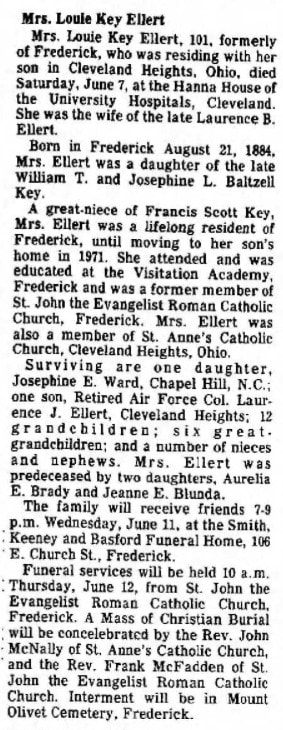











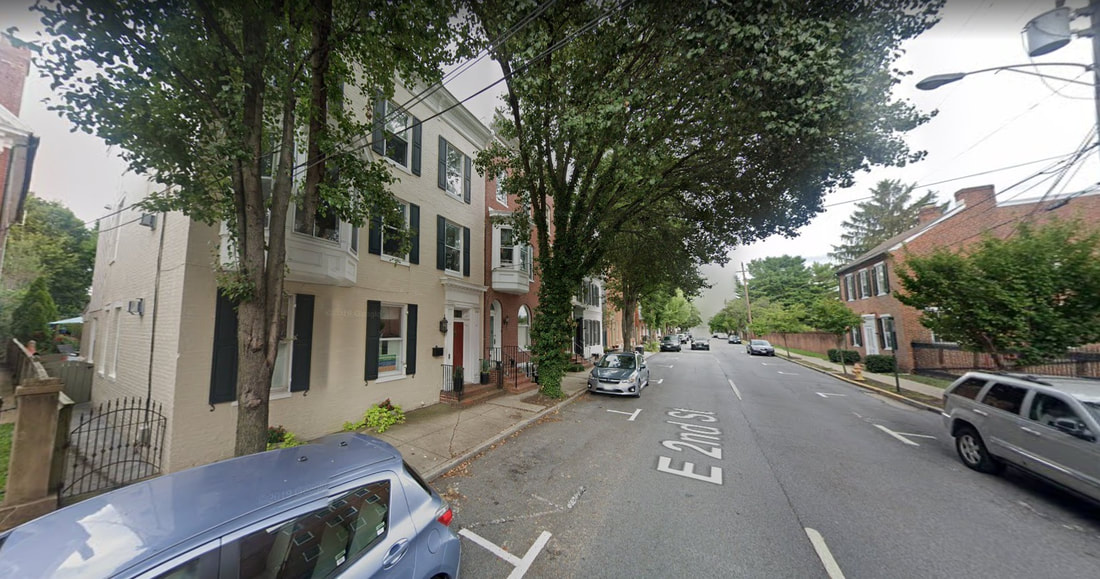

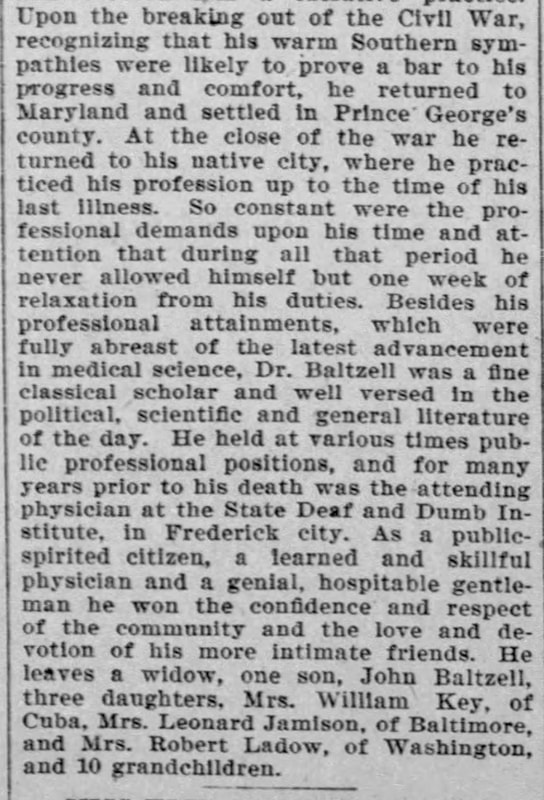


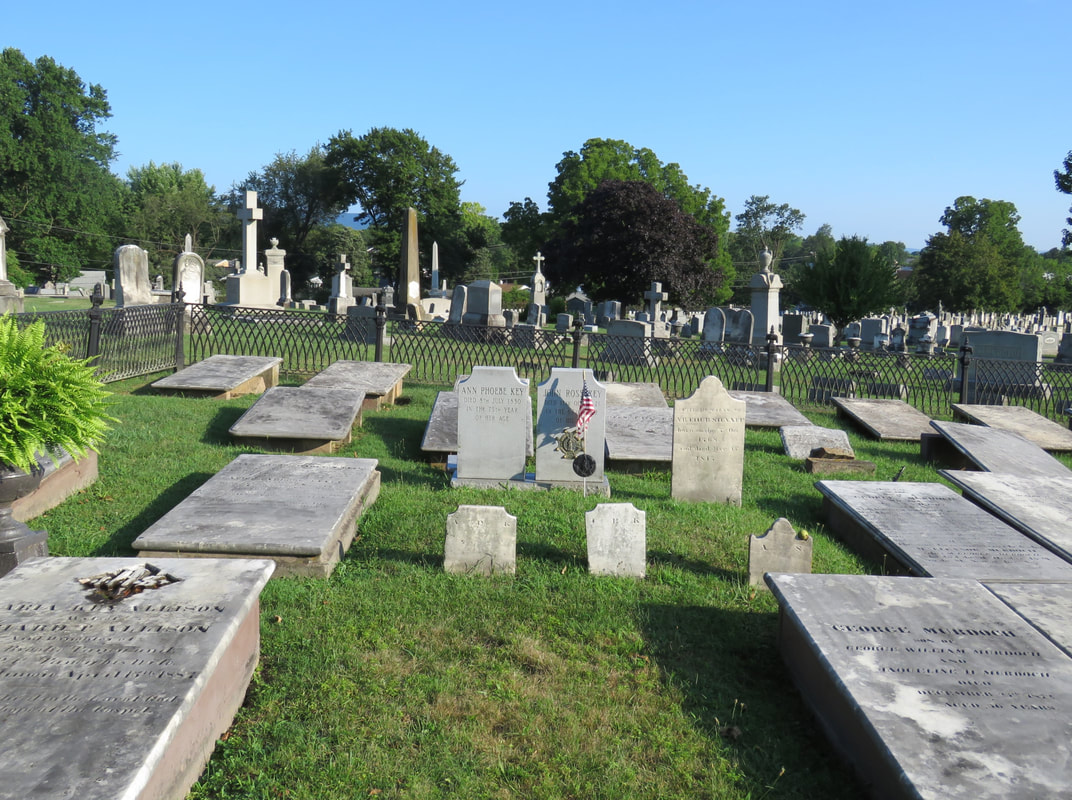



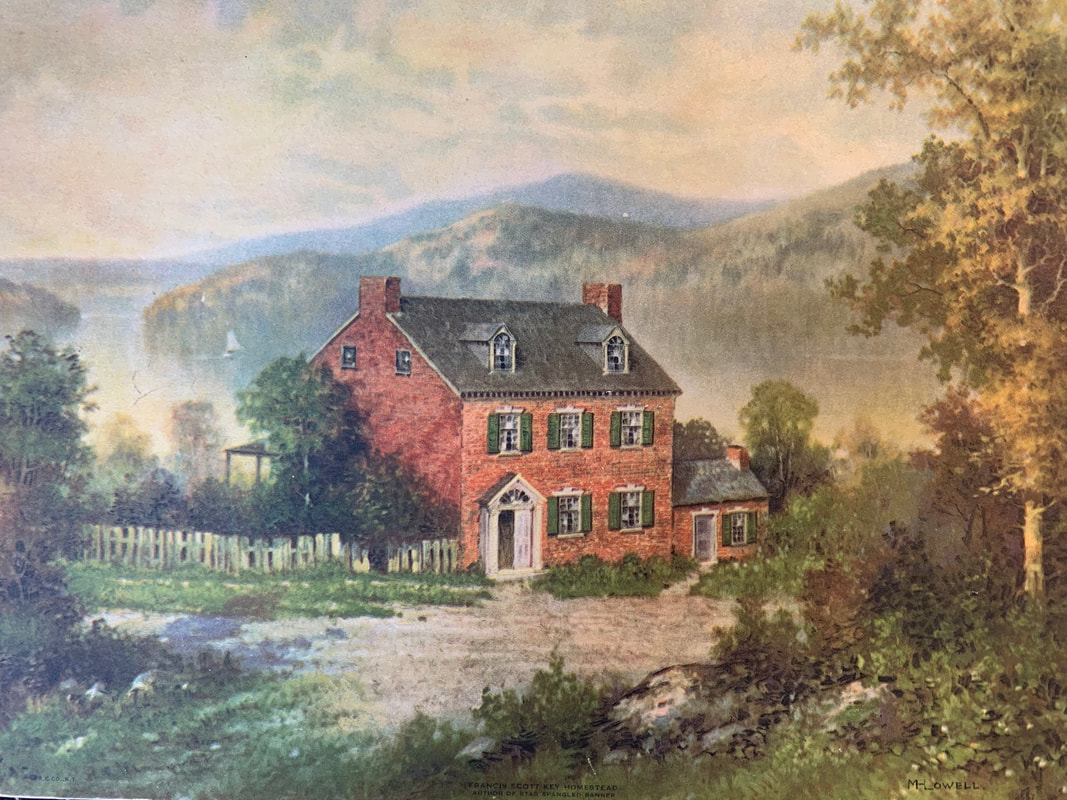







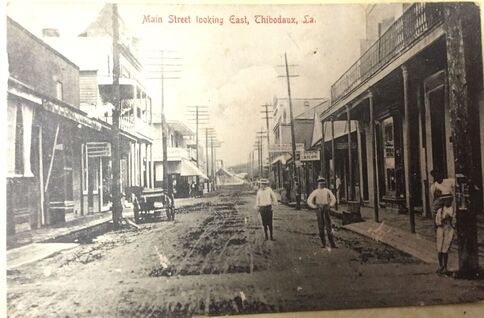


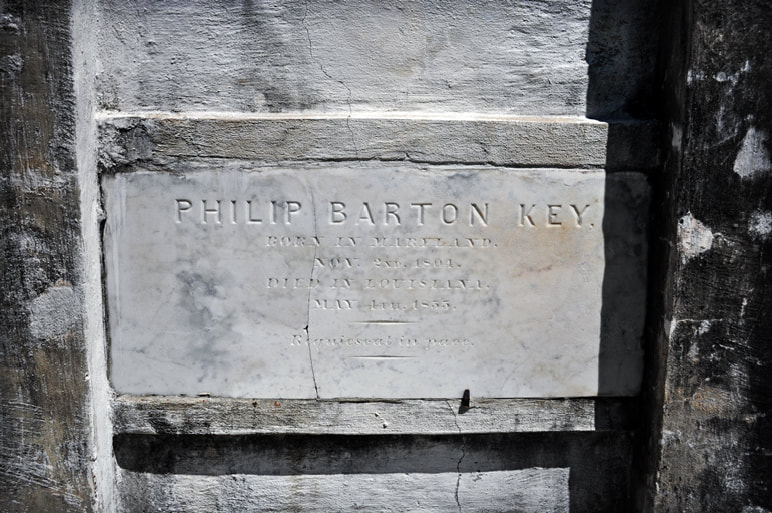










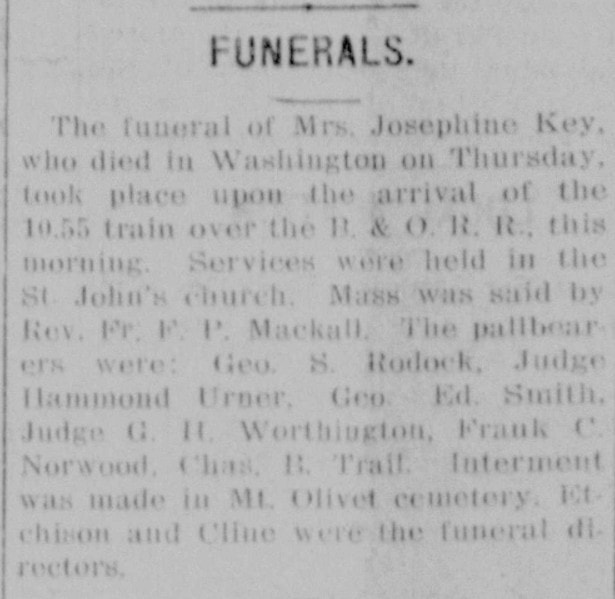

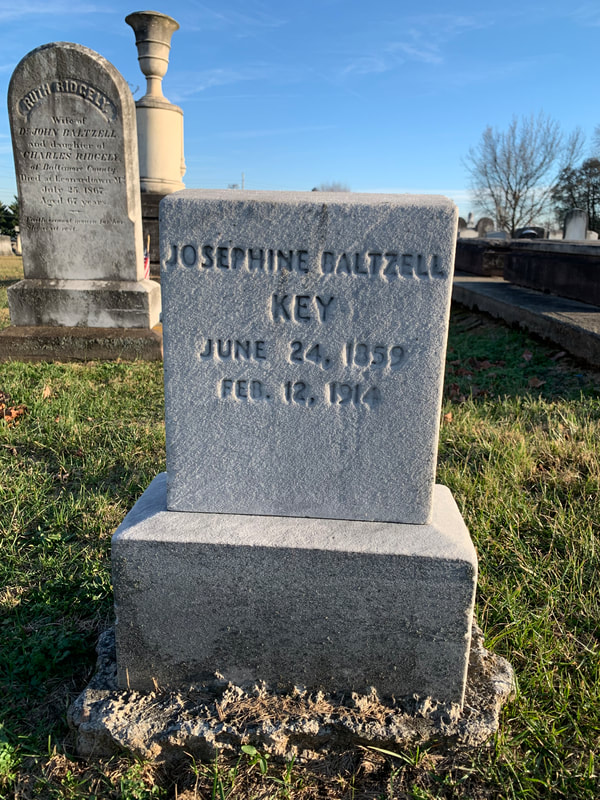


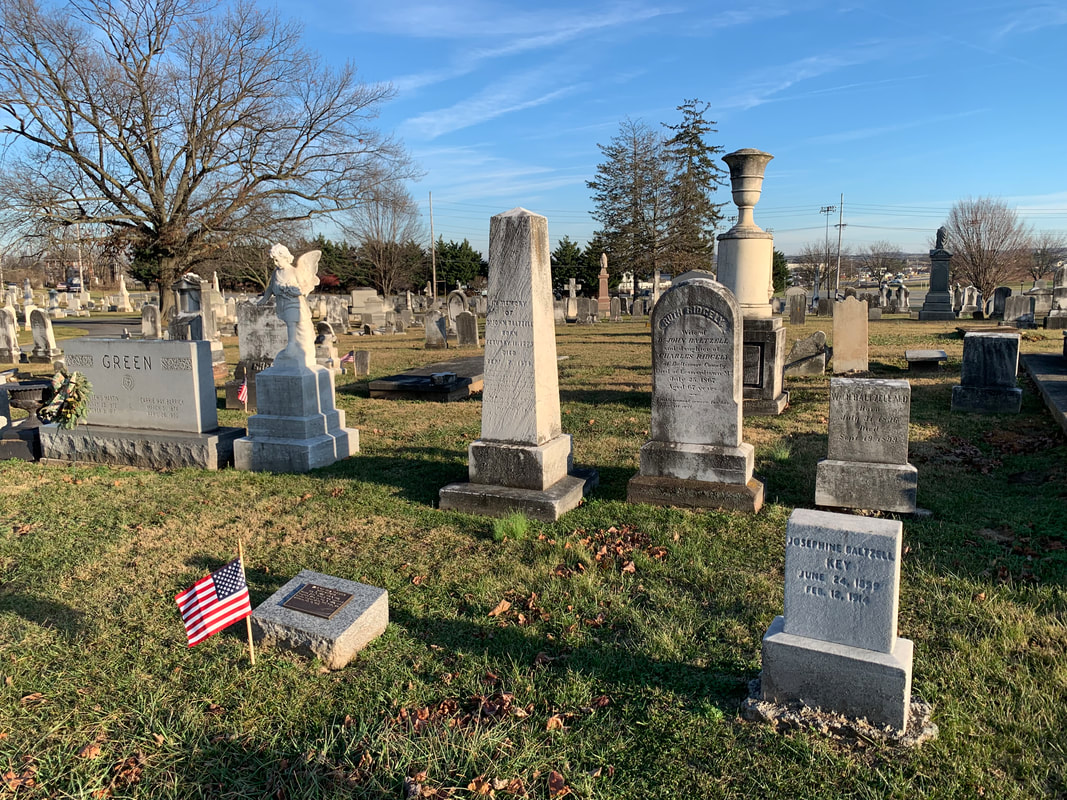


 RSS Feed
RSS Feed